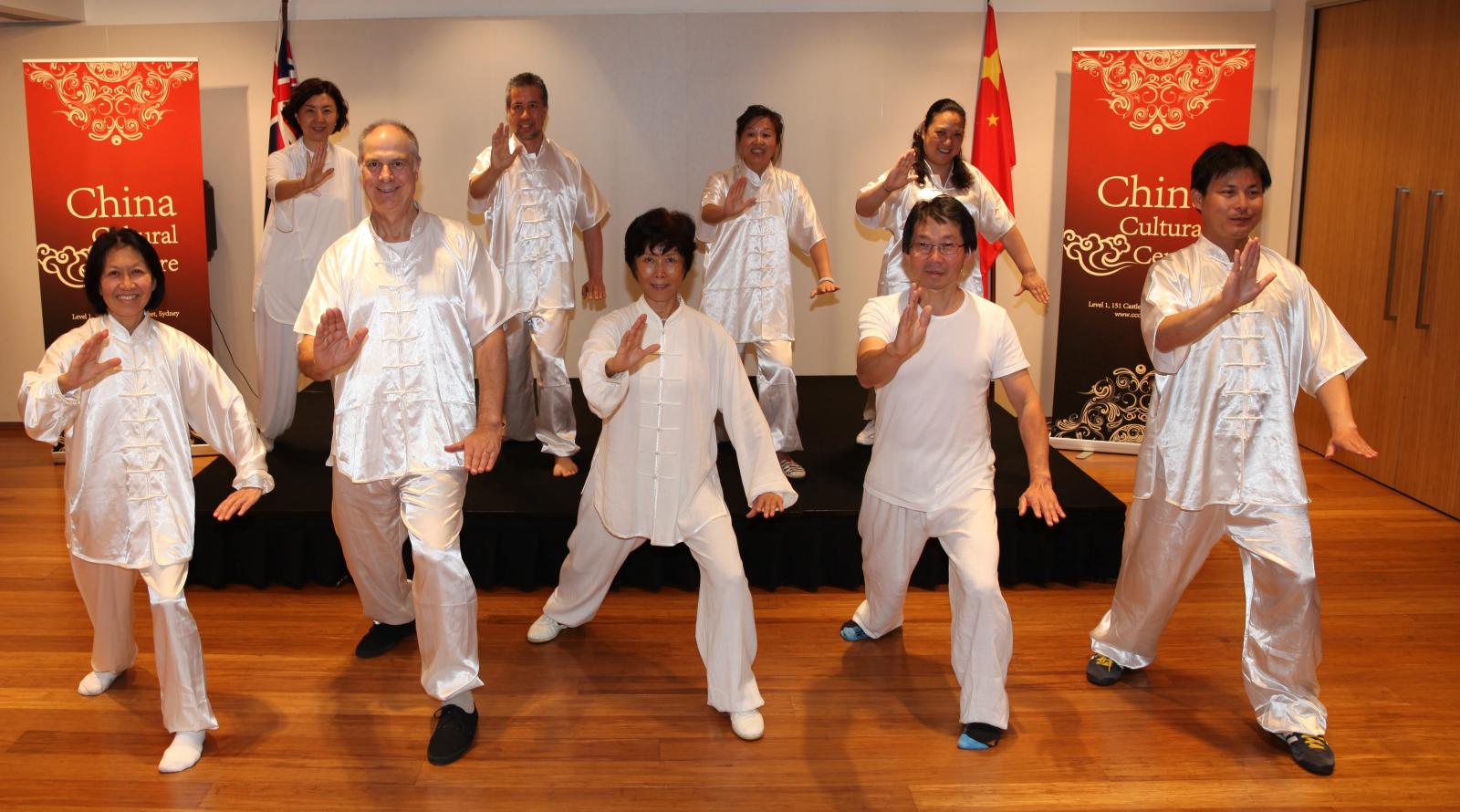
Osteoporosis is a condition in which the bones become extremely porous and fragile and are subject to fracture. It occurs especially in women following menopause. The Australian Institute of Health and Welfare estimates that at least 600,000 Australians are affected by osteoporosis. According to the AIHW report a picture of osteoporosis in Australia shows 1 in 2 women and 1 in 4 men over the age of 60 will suffer an osteoporotic fracture in their lifetime. There are several ways of preventing or delaying the onset of osteoporosis. These include maintaining a healthy diet which includes the recommended intake of both vitamin D and calcium and exercising regularly.
Exercise not only helps to maintain a healthy body weight and strengthen the bones and muscles, it also appears to facilitate the absorption of calcium while improving circulation. The AIHW publications also states apart from these efforts to prevent osteoporosis, those who have it can still take action to prevent fractures. Exercise such as Tai Chi, which promotes better balance and posture, will help to prevent falls. Even more significantly the Surgeon General in the USA has recommended Tai-Chi to the medical community as a way to help osteoporosis sufferers deal with their condition. In their book the Inner Structure of Tai Chi Mantak Chia and Juan Li write that a recent experiment in China showed absolutely no evidence of osteoporosis in a group of both female and male Tai Chi practitioners over the age of eighty.
Most of the body’s calcium is stored in the bones, although a small amount of calcium (in its ion form Ca+ +) is carried in the blood. This is to enable messages to be transmitted via the nervous system, blood to clot and muscles to contract. If the calcium levels drop too low, the level is replenished by hormone action breaking down bone matrix, and releasing calcium ions to the blood. The hormone is released by the parathyroid glands. In contrast, excessive calcium in the blood can lead to cardiac activity problems or kidney stones, and so the excess is normally deposited in the bone matrix as calcium salts.
